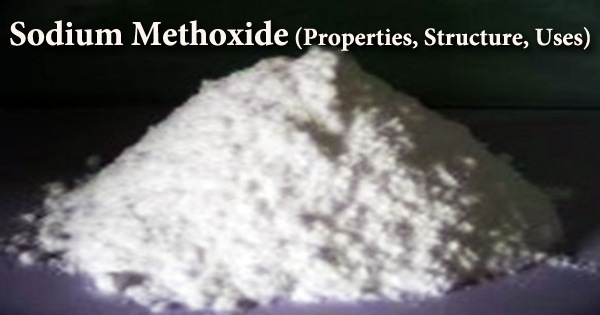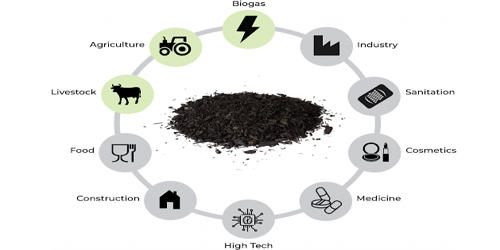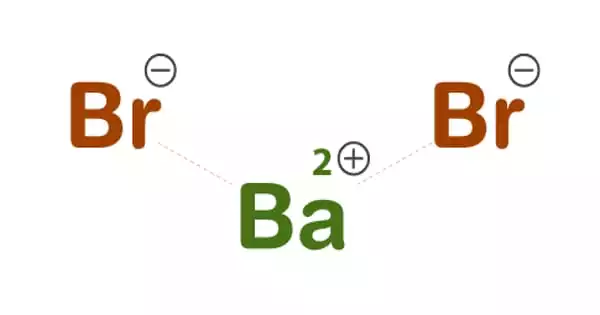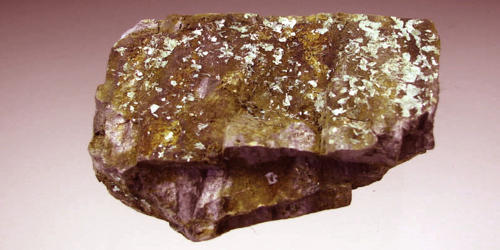Methanol produces alkoxides, one of which is sodium methoxide, a chemical molecule having the formula CH3ONa. It’s a white amorphous powder that turns into sodium hydroxide, a caustic substance, and methyl alcohol, a flammable liquid when mixed with water. The deprotonation of methanol produces this white solid, which is frequently utilized in industry and laboratories. It’s also a caustic base, which can be hazardous.
Methanol, ethanol, or another alcohol solvent is commonly used to store sodium methanolate. When it dissolves in ether, it can produce a suspension. If there is only a tiny quantity of water present, the heat from this reaction may be enough to ignite nearby flammable material or the sodium methylate itself. With water, it can breakdown producing methanol and sodium hydroxide:
CH3ONa + H2O→CH3OH + NaOH
Sodium methoxide is prepared by treating methanol with sodium:
2 Na + 2 CH3OH → 2 CH3ONa + H2
It is conceivable to ignite the reaction since it is so exothermic. Although the colorless resultant solution is commonly utilized as a source of sodium methoxide, the pure substance may be separated by evaporation followed by heating to remove the remaining methanol. There are two types of sodium methanolate products: solid and liquid. The solid is sodium methanolate in its purest form. The liquid is a sodium methanolate methanol solution with a sodium methylate concentration of 27.5% to 31%.

Sodium methanolate is used to produce chemicals and to treat edible fats and oils. Methanol and sodium hydroxide are produced when the material is hydrolyzed in water. Sodium methoxide samples are frequently contaminated with sodium hydroxide. The chemical absorbs carbon dioxide (along with water vapor) from the air, lowering the base’s alkalinity. Colorless or slightly yellow viscous liquid sodium methanolate. It is oxygen-sensitive. It’s combustible, explosive, and hygroscopic to boot.
It dissolves in methanol and ethanol and decomposes in water to form methanol and sodium hydroxide. It decomposes in the air at 126.6°C. Benzene and toluene do not dissolve it. It’s a potent irritant and corrosive. For the production of vitamin B1, vitamin A, sulfadiazine, and other medicines, sodium methanolate can be employed as a condensing agent, strong alkaline catalyst, and methoxy agent. Only a few can be utilized to make insecticides.
It may also be used to convert edible fats and oils as a catalyst (especially processing lard). It’s a reagent that’s utilized in the analysis. Sodium methoxide is polymeric in the solid-state, having sheet-like arrays of Na+ centers, each bound to four oxygen centers. The structure of sodium methoxide in solution, and therefore its basicity, is affected by the solvent. In DMSO, where it is more completely ionized and devoid of hydrogen bonds, it is a much stronger base.
Condensation reactions, catalyst for the treatment of edible fats and oils, particularly lard, pharmaceutical intermediate, sodium cellulosate synthesis, analytical reagent Sodium alcoholate is made by mixing sodium metal with the appropriate alcohol. It’s a white powder that’s hygroscopic. With water, it decomposes into alcohol and sodium hydroxide. It’s a common ingredient in organic synthesis processes.
Sodium methoxide is a common organic chemistry base that may be used to make a wide range of molecules, from medicines to agrichemicals. Sodium ethoxide, in particular, can be employed as a condensing agent. Acatalyst sodium methanolate is a common acatalyst. It is simple to regulate the quality when made since its hygroscopicity is not as strong as sodium ethylate and its property is more stable. It’s used as a base in dehydrohalogenations and other condensations. It may also be used to make methyl ethers as a nucleophile.
Molten sodium is reacted with methyl alcohol, or methyl alcohol is reacted with sodium amalgam produced through brine electrolysis. An initiator of anionic addition polymerization with ethylene oxide is sodium methoxide, which results in a polyether with a high molecular weight. The sodium methylate methanol solution is made from sodium metal and methanol utilizing an intermittent manufacturing technique. When exposed to air, solid sodium methoxide degrades into a number of different sodium salts.
In organic synthesis, sodium methoxide can be employed as an alkaline condensing agent and catalyst. It may be used to make fragrances, dyes, and other chemicals. Vitamin B1, A, and sulfadiazine are all made from it. When employed in Suzuki reactions, newly obtained commercial batches of sodium methoxide showed varied amounts of deterioration and were a primary source of irreproducibility.
It can be utilized as a catalyst in the production of edible oils and as a condensing agent in organic synthesis. It’s also a key ingredient in the production of sulfadiazine, sulfamethoxazole, and sulfa synergist, among other things. It is the primary raw ingredient for pharmaceuticals and pesticides. It’s also utilized in the dyeing and chemical fiber manufacturing industries. Sodium methoxide is a caustic substance that interacts with water to produce methanol, a poisonous and volatile substance.
The best course of action is to switch to a chemical product that has a lower risk of occupational exposure or pollution of the environment. Perfumes, dyes, and other businesses utilize it extensively. It is primarily employed in the manufacture of vitamin B1 and A, sulfadiazine, and other medicines as a condensing agent, strong alkaline catalyst, and methoxy agent. Pesticides can only be made with a limited amount of resources. It may also be used to convert edible fats and oils as a catalyst (especially processing lard). It may be used as an analytical reagent as well.
Information Sources:
















